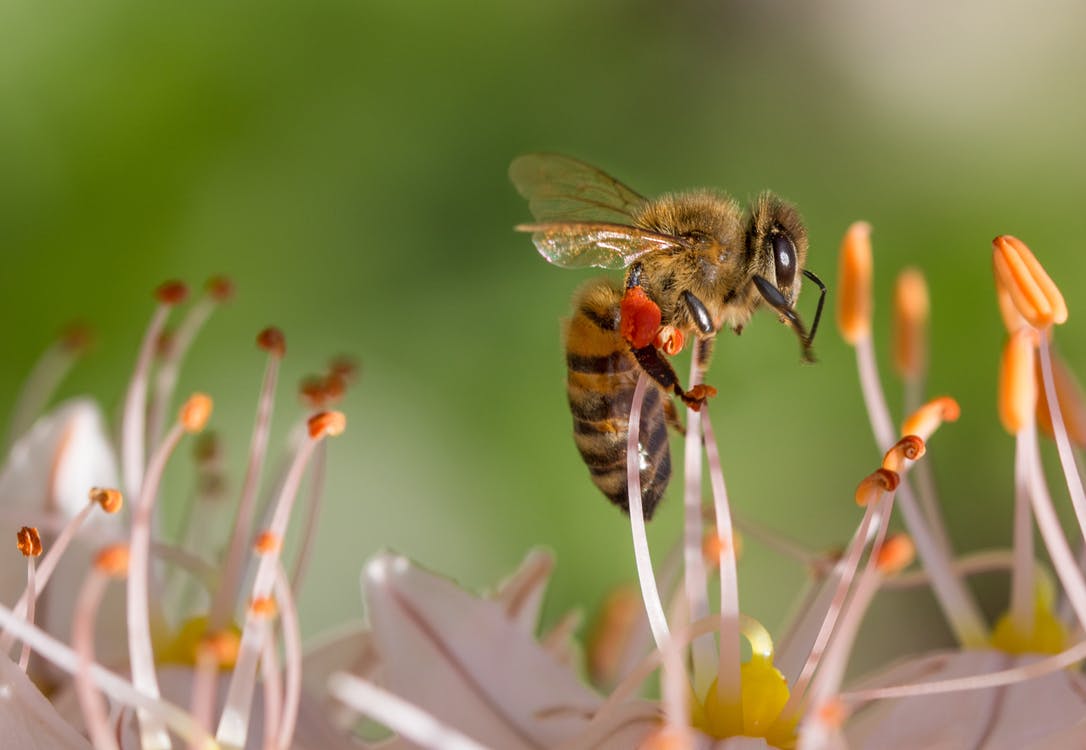
American retail giant Walmart – owner of the UK’s Asda chain – operates 11,695 stores under 59 banners in 28 countries. It generated revenue of $485.9 billion in fiscal year 2017 and has a growing research and development (R&D) budget.
As the company’s President and CEO Doug McMillon put it in the company’s last annual report: “We’re clearly living in a time of transformative change. In retail, the things made possible by technology are fundamentally transforming this industry.”
Few will have imagined he was thinking about robot bees.
Walmart, however, earlier this month quietly filed for six patents that include a system of “one or more unmanned aerial vehicles” (UAVs), which would use cameras and sensors to find the locations of crops, then use an applicator tool to move pollen between them. Others would use drones to identify pest damage, spray pesticides and pollinate plants.
“In some embodiments the UAV deployed by the system does not require physical operation by a human operator, and wirelessly communicates with, and is wholly or largely controlled by, the computing device”, the patent application says.

It adds: “The sensors of the UAV include one or more docking station-associated sensors: an optical sensor, a camera, am RFID scanner and a short range radio frequency transceiver.”
Falling sensor costs and rapid advances in miniaturisation mean Walmart is not alone in eying such applications in agriculture. Semtec Corporation today, for example, announced a new range of wireless radio frequency technology sensors to detect nitrogen, phosphate and potassium (NPK) levels in soil, that farmers reduce waste and to improve crop yields.
“Lack of soil data during growing season lowers yields and profits as well as harms the environment. Farmers want a solution that allows them to maximize their profits,” said Steve Ridder, CEO and founder of Teralytic.”
Others have raised concerns that IoT-enabled farming teach (whether that “T” is a robotic bee or stationary sensor) is making farmers hostage to proprietary data.
So how far are Walmarts robot bees from being a reality?
The company was coy when talking to Computer Business Review: “We’re always thinking about new concepts and ways that will help us further enhance how we service customers, but we don’t have any further details to share on these patents at this time” said spokesman Erin Hulliberger.






